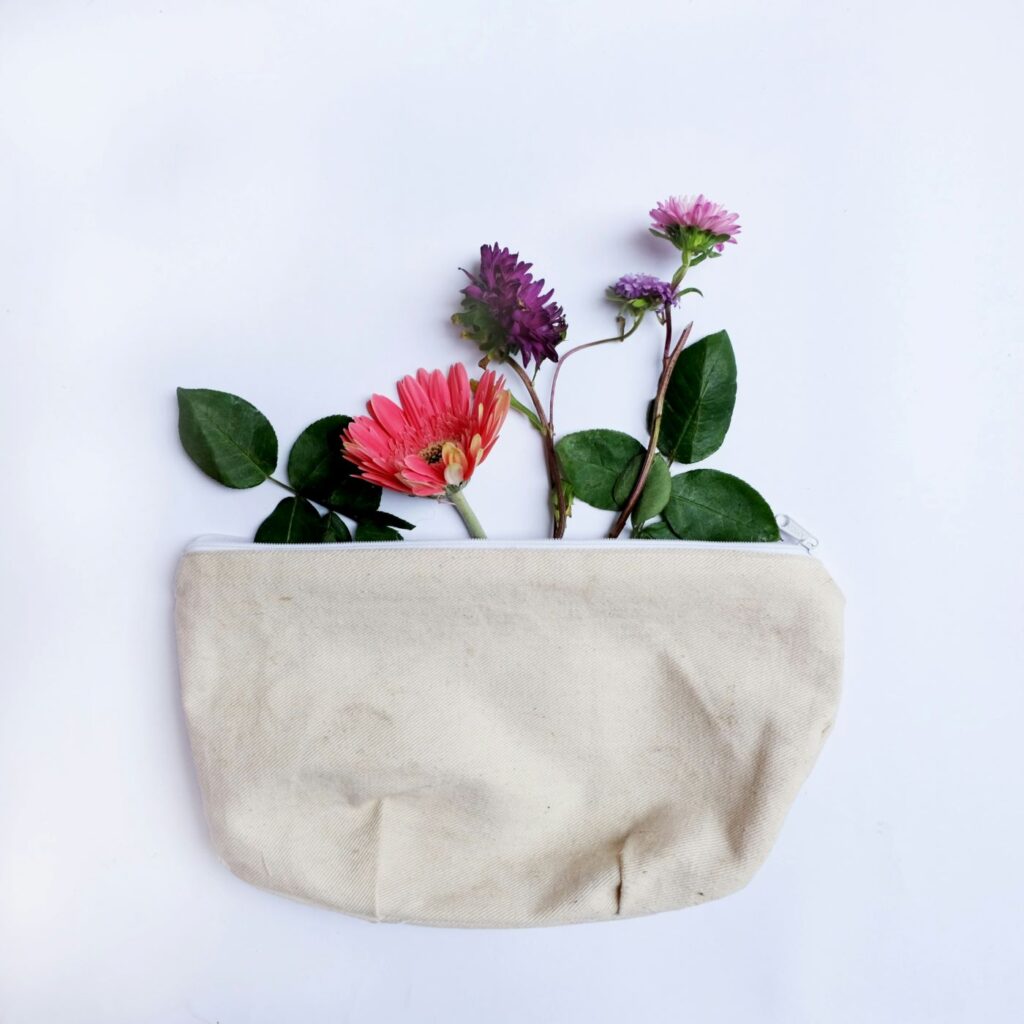Days when those who were called beauty queens could go to events wrapped in jewels or fly all over the world, filled with pollution. Today’s eco-smart consumers want a kind of shine that glimmers with both luster and conscience.
Environmental footprints have long been criticized in the beauty industry but now a change is taking place as brands large and small turn towards sustainable practices enabling them to innovate and catch up with the times.
5WPR Insights
Packaging changes
Back in the day, plastic was considered to be a staple of the industry. One of the pioneer eco-friendly brands from day one, Lush has close to 90% recycled packaging – so much as including ocean plastic in their product packages.
Another environment-friendly brand Aveda has post-consumer recycled materials and recyclable glass at the same time REN Clean Skincare’s packaging uses ocean plastic in some of its designs while this company also monitors how effective their eco mindfulness is. But it’s more than just saying no to plastic.
Brands are thinking out of the box with refillable systems, such as Kjaer Weis’s chic compacts and Bybi Doll‘s cute lipstick bullet packing. Even mainstream behemoths like MAC and Clinique are putting their toes in, providing refills for some of their most beloved foundations and lipsticks.
Innovation beyond plastic alternatives is blooming. Bite Beauty’s sugarcane tubes and Seed Phytonutrients’ bamboo packaging are getting totally plastic-free by replacing it, while Lush’s monumental “Bring It Back” program makes used containers become new packages.
Green chemistry
Sustainability is not only about the packaging in which a product will be wrapped but also what’s going to be inside that package. Sourcing ingredients is now undergoing a huge transformation, with brands choosing to use natural, organic, and ethically sourced goodies.
Body Shop ensures fair wages and safety to the farmers through its Community Trade Program. It provides high-quality ingredients. Kiehl’s Since 1851 utilizes botanical extracts from sustainable farming.
Nontoxic, plant-based formulas of clean beauty are having a major moment. Tata Harper and RMS Beauty are at the forefront with organic formulations that nourish both skin and earth.
Energy consumption
Lush operates their factories based on renewable forms of energy such as solar and wind power because there is no dependence upon the use of fossil fuels when it’s sunny outside or a strong breeze. REN has set high ambitious goals in carbon neutrality and is investing in green initiatives all along its supply chain, such as bicycles for delivering goods to the office.
Brands are also becoming smart in transport, choosing sea freight over air travel and improving logistics to ensure that their carbon footprint is smaller than that of a single eyeshadow palette.
Transparency
Sustainability is not confined to internal practices alone. It’s not only about trust and transparency for people who purchase the products.
Companies like Credo Beauty and The Detox Market are even providing a selection of sustainable products to consumers while informing their customers how to make responsible decisions. More brands are now producing detailed sustainability reports.
Read more from Ronn Torossian:
Ronn Torossian on LinkedIn
Ronn Torossian on Facebook
Ronn Torossian on DMNews
Ronn Torossian on Forbes
